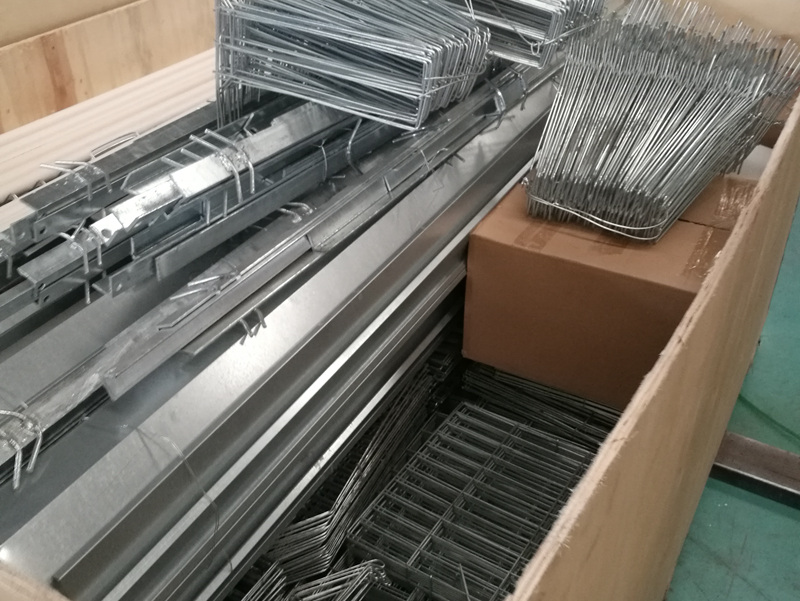Efficient Solutions for Mixing Animal Feed in Agriculture and Livestock Management
Nov . 27, 2024 09:28 Back to list
Efficient Solutions for Mixing Animal Feed in Agriculture and Livestock Management
The Importance of Animal Feed Mixers in Modern Agriculture
In the ever-evolving world of agriculture, optimizing animal nutrition is crucial for both livestock health and productivity. One of the most significant advancements that have facilitated this process is the development of animal feed mixers. These machines play a vital role in the manufacturing of animal feed, ensuring that livestock receives a balanced diet tailored to their specific needs.
Animal feed mixers are designed to combine various ingredients into a uniform mixture. This is essential because animals require a precise balance of nutrients to thrive and perform optimally. Over the years, the efficiency of traditional feed mixing methods has been greatly enhanced by technological innovations. Modern feed mixers are equipped with advanced features that allow for better mixing and consistency, contributing to the overall health of the animals.
One of the key benefits of using animal feed mixers is the ability to customize feed formulations. Livestock species, such as cattle, poultry, and swine, have different nutritional requirements. By utilizing a mixer, farmers can create specific feed recipes that cater to the unique needs of each species. For example, dairy cows may require higher protein levels to support milk production, while pigs might need a diet rich in carbohydrates for optimal growth. This level of customization helps ensure that animals receive the right nutrients in the correct proportions.
Moreover, feed mixers improve the efficiency of feed production. In the past, farmers often mixed feed manually, a labor-intensive process that could lead to inconsistencies and nutrient imbalances. With the introduction of mixers, the time spent on feed preparation has been significantly reduced. These machines can mix large quantities of feed quickly and efficiently, allowing farmers to allocate their time and resources to other essential tasks on the farm.
animal feed mixer

Another advantage of animal feed mixers is their contribution to cost-effectiveness. By producing their feed, farmers can save money compared to purchasing commercially prepared feed. Additionally, mixers enable the use of locally sourced ingredients, which can further reduce costs and support local economies. The ability to create homemade feed also allows for better control over ingredient quality, ensuring that livestock receive high-quality nutrition without harmful additives.
Environmental considerations are also becoming increasingly important in agriculture. By using animal feed mixers, farmers can minimize waste by utilizing by-products from other agricultural processes. For instance, leftover grains from beer production or fruit processing can be integrated into feed formulations, thereby reducing waste and promoting sustainability. This practice not only benefits the environment but also provides an economical way to enhance livestock diets.
Furthermore, advancements in technology have led to the development of more sophisticated feed mixers. Many modern mixers now feature digital control systems that allow for precise measurement and monitoring of ingredient ratios. This level of accuracy helps prevent nutritional imbalances and improves overall feed quality. Some mixers are even equipped with software that can track feed inventory and automate the mixing process, making it easier for farmers to manage their feed production.
In conclusion, animal feed mixers are an essential tool in modern agriculture, playing a pivotal role in ensuring that livestock receive well-balanced, nutritious diets. The ability to customize feed formulations, improve production efficiency, and reduce costs makes these machines invaluable for farmers. As the agricultural sector continues to evolve, the importance of optimizing animal nutrition will only grow. Therefore, investing in advanced feed mixing technology is crucial for farmers who seek to enhance their livestock’s health, productivity, and overall sustainability in their operations. With continual advancements, the future of animal feed mixing looks bright, promising improved outcomes for both farmers and the animals they care for.
-
Hot Sale 24 & 18 Door Rabbit Cages - Premium Breeding Solutions
NewsJul.25,2025
-
Automatic Feeding Line System Pan Feeder Nipple Drinker - Anping County Yize Metal Products Co., Ltd.
NewsJul.21,2025
-
Automatic Feeding Line System Pan Feeder Nipple Drinker - Anping County Yize Metal Products Co., Ltd.
NewsJul.21,2025
-
Automatic Feeding Line System - Anping Yize | Precision & Nipple
NewsJul.21,2025
-
Automatic Feeding Line System - Anping Yize | Precision & Nipple
NewsJul.21,2025
-
Automatic Feeding Line System-Anping County Yize Metal Products Co., Ltd.|Efficient Feed Distribution&Customized Animal Farming Solutions
NewsJul.21,2025






